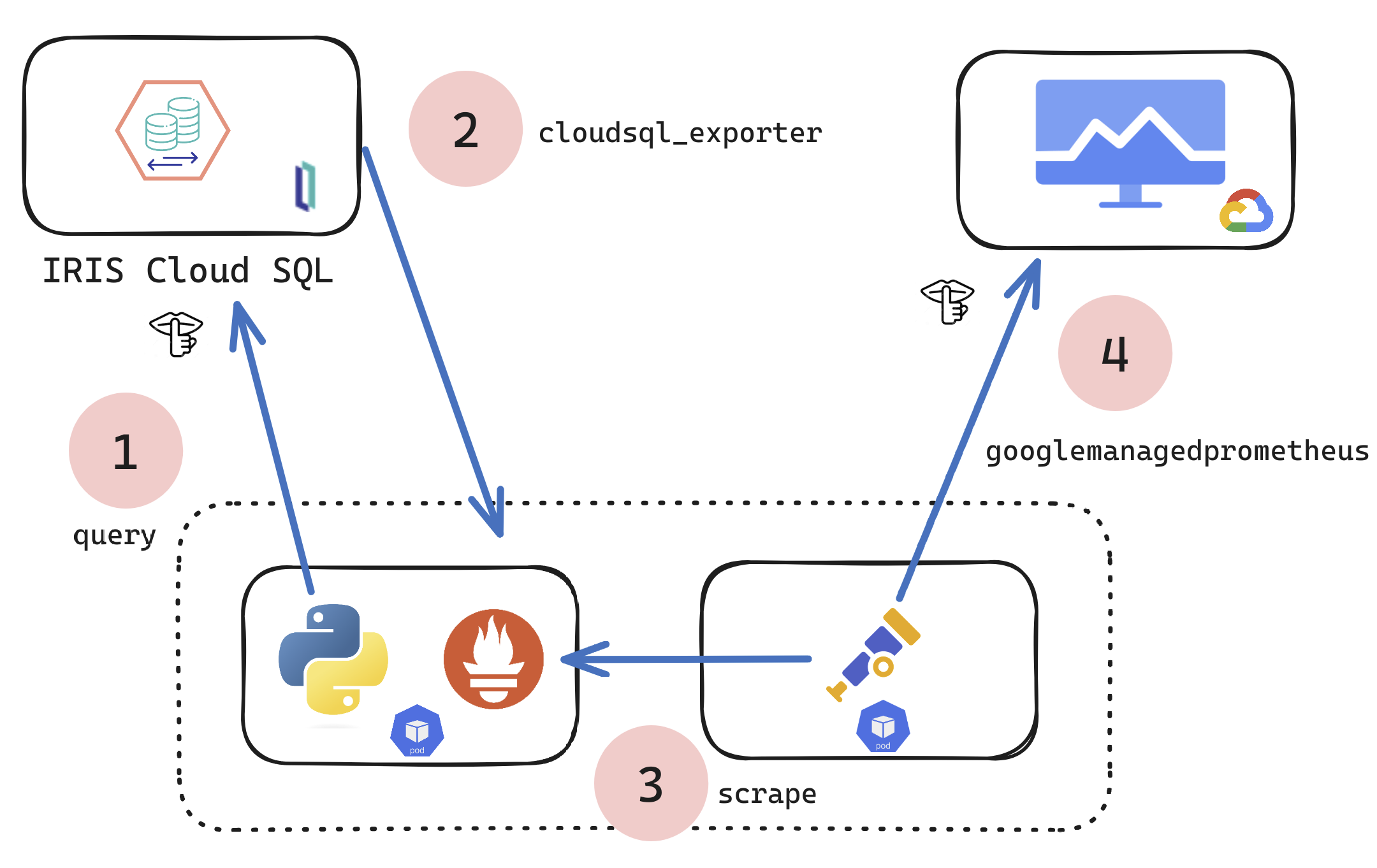.png)
Now Under Heavy Rotation, Your IrisCluster Secrets
A few days before Kubecon, the external-secrets-operator went GA with 1.0.0 and is set to ride shotgun for Kubernetes Secrets Management and put Vault in the backseat. You can glance at the "Providers" list for the solution and immediatley understand that you can leave the "which Secrets Manager" conversation to others while you do your job utilizing external secrets on your IrisCluster workloads, which by my count with the operator and a single IrisCluster is more than a fistful of secrets of different types, even under a single tenant. So let them sprawl, the secrets managers that is, not the secrets.

.png)
.png)
.png)
.png)
.png)
.png)
.png)
.png)

